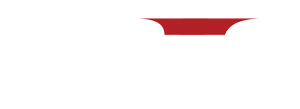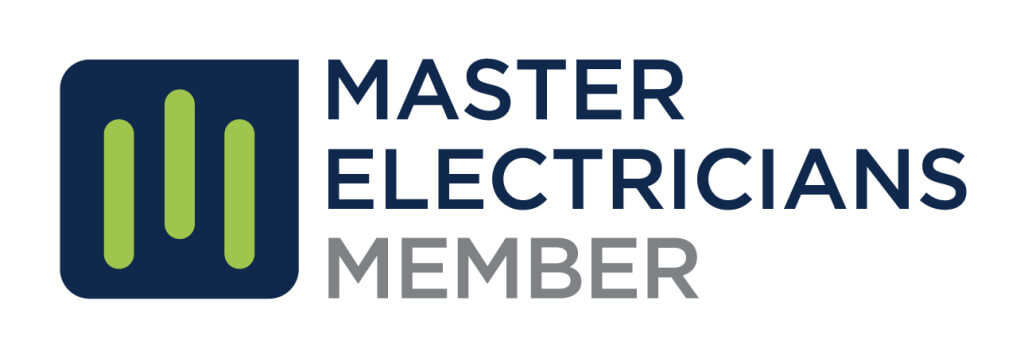Reducing fire-related deaths may be as simple as having working Smoke Alarms. Working Smoke Alarms in your home can decrease your chances of perishing in a fire by half.
SMOKE ALARMS SAVE LIVES
If you have a fire in your home, in as little as 30 seconds a small flame can become a major fire that ravages a home and threatens lives. Smoke Alarms safeguard the lives of your family, they detect smoke well before any sleeping occupant would. They provide critical seconds to implement actions and get out of the property.
According to statistics, at least 70% of fire-related deaths occur in homes that either have no Smoke Alarms or the Smoke Alarms don’t work. The presence of a Smoke Alarm in your home can reduce the risk of dying in a fire by 50%.
The majority of homes today have had Smoke Alarms installed. Unfortunately too many homes have Smoke Alarms that just don’t work properly or simply do not work at all. Many fatalities occur, because a Smoke Alarm has been disconnected, is missing or has been poorly maintained.
SMOKE ALARM MAINTENANCE HELPS IN REDUCING FIRE-RELATED DEATHS
Check your Smoke Alarms are installed correctly, in good working order and regularly maintained. A working Smoke Alarm can mean the difference between life or death in many cases.
- Always maintain your smoke alarms according to manufacturer’s instructions.
- Test your smoke alarms once a week using the test button
- Always follow manufacturer’s instruction in cleaning your Smoke Alarm
- Educate your family on the importance of Smoke Alarms and how they work so they know how to respond. (and have/practice an escape plan)
- Smoke Alarms with long life batteries are designed to remain effective within the duration indicated. Once the alarm sounds that the battery is low, you should replace the Smoke Alarm immediately. Smoke Alarms with any other type of battery need a new battery at least once a year. If the alarm sounds that the battery is low, replace it immediately.
- Make sure you have a sufficient amount of Smoke Alarms in your home and they are located in the correct positions.
If you need assistance in checking if your Smoke Alarms are working properly, or you need help in replacing them, give us a call at 1300 41 66 67 or email info@sats.com.au


